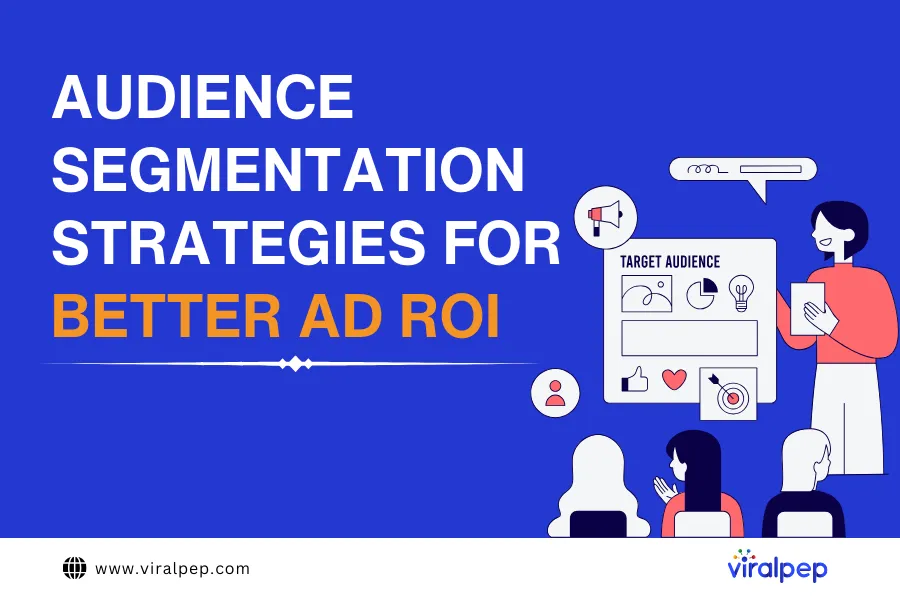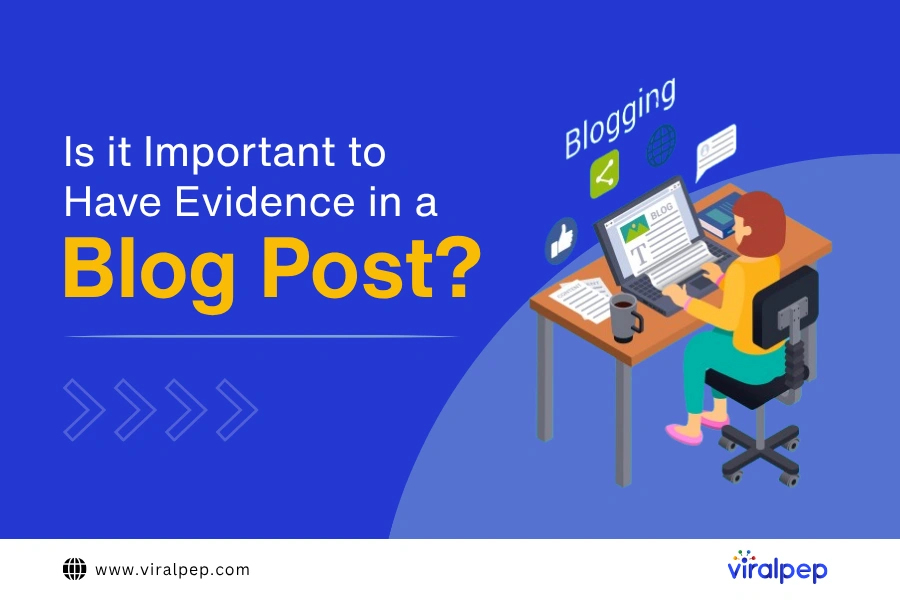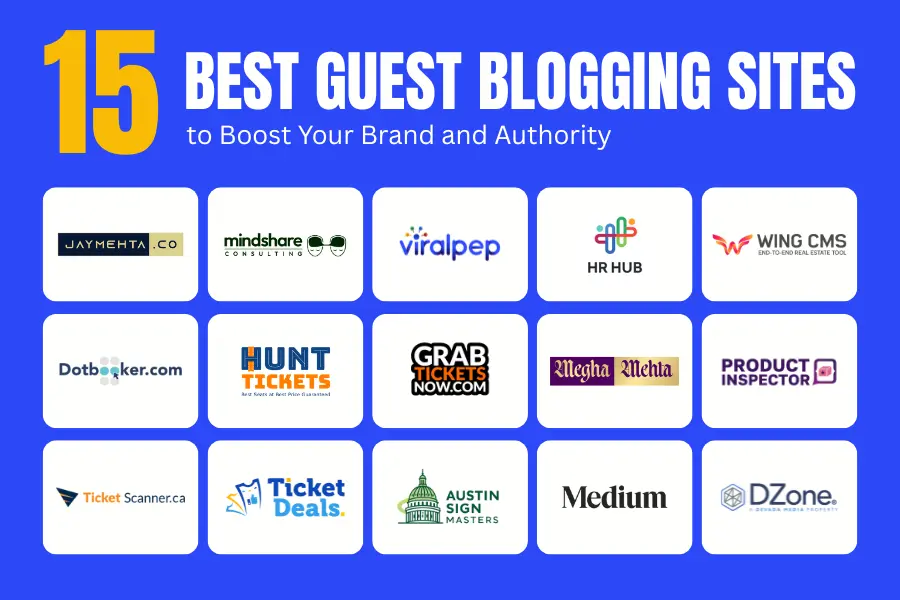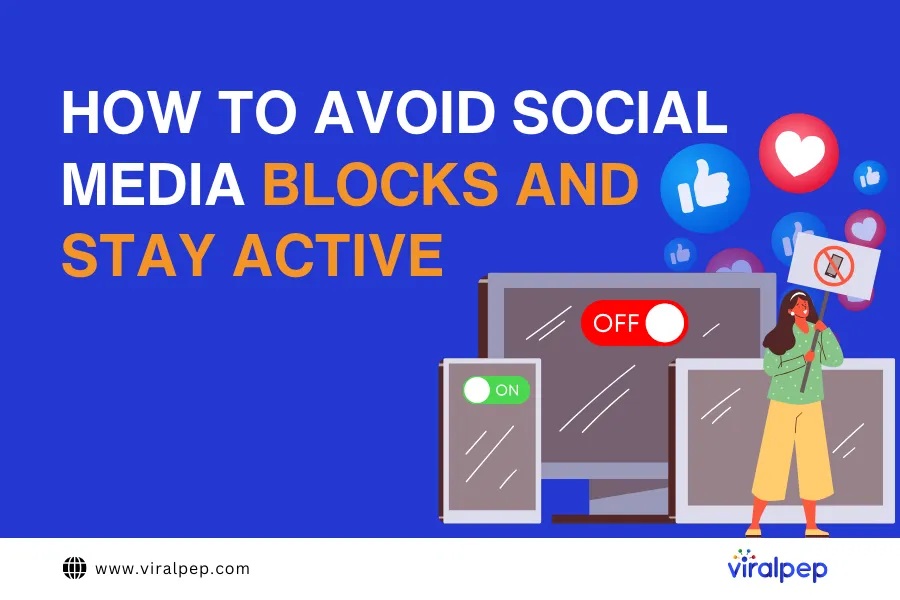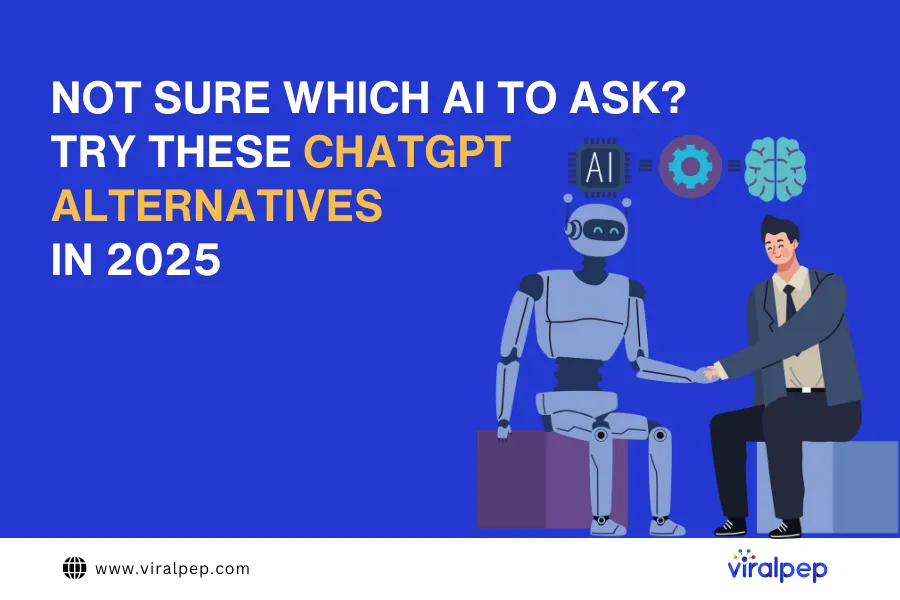Knowing that 56% of advertised impressions go unseen, you cannot afford to consider your target audience as a single unit. Effective segmentation sees your audience as distinct clusters that differ in behaviors and needs, which allows for campaign personalization. If you don’t perform segmentation, every advertisement message that you push to your audience on social media would be overspending due to the broad appeal. An effective breakdown enhances engagement, conversion, and ROI. With in-depth audience insight accompanied by motivation factors, personal and effective campaigns become a reality.
Understanding Segmentation Beyond Demographics
Too many strategies operate based on or are mainly focused on age or location, simple demographical categorization. While these factors matter to a point, they do take far too many simplistic factors that often miss the real drivers of your customers. Instead, look deep for variables like hobbies, content habits, purchase intent, and pain points. By understanding these, your campaigns will be sharper and far more relevant.
In order to gain profound insights, utilize data from different sources. Examine survey responses, interactions across platforms, and even customer support inquiries. Gathering data from various touchpoints reveals clusters and trends that could uncover hidden segments.
Building Detailed Customer Personas
Developing customer personas becomes easier from these distinct segments. Collaborate with the sales, support, and product teams to gather valuable information and generate more precise personas. Such profiles must be dynamic, evolving with fresh data instead of remaining stagnant. The more such personas are actually adjusted, the better different groups can be precisely targeted with the required message.
Most importantly, assign relevant narratives that resolve the challenges, goals, and motivators of that segment. Such an empathetic strategy allows the messaging to be truly perceived as targeted, which increases attention and trust.
Integrating Advanced Tools for Smarter Segmentation
Automation and AI have been integrated into audience segmentation with modern platforms. Even so, a person’s intuition and creativity remain key. Combining software automation with your distinct artistry ensures that your segments will convert.
For businesses running paid ads, the custom audience platform for your Meta ads provides a gap bridge between analytics and action. This enables audience group creation, testing, and deployment with high precision and confidence.
Customizing Content for Each Segment
By tailoring specific messages, such as creative assets as well as calls-to-action, to your defined segments, you can address the needs and interests of these sub-groups. For example, for certain segments, an extensive technical how-to guide could be the motivating factor. Different segments may suitably respond to distinct approaches.
You may want to test carousels, interactive ads, as well as video content, as they may appeal to specific groups in different ways. Make sure to test and measure these and use insights to optimize the remaining campaign materials.
Improving Targeting With Contextual Triggers
Static definitions are no longer sufficient. Tailor your campaigns to be activated by milestones, behaviors, and real-time actions relevant to each segment. A user may have viewed your pricing page thrice, or perhaps their company has just announced a significant project. Attaching your messaging to these contextual moments showcases your brand’s real-time messaging, boosting response rates.
Strategically scheduled automated workflows for these triggers will uphold personalization while supercharging your operational efficiency. This way, your time becomes unchained for high-level strategic planning and creative campaign development.
Implement Multi-Channel Integrated Segmentation
Your audience engages with you on multiple platforms. Therefore, your strategy for segmentation needs to be equally comprehensive. Segmenting for social media, email, and paid advertising should be unified. A segment of eco-conscious shoppers, for example, should receive aligned messaging and eco-conscious advertising in their inbox, Instagram feed, and Google search results.
Seamless experiences across multiple channels reinforce brand messaging through cross-channel integration. Using marketing automation platforms enables the syncing of segments to deliver integrated, cohesive campaigns automatically, with no manual effort.
Measuring and Iterating for Constant Improvement
Tracking results needs to go beyond the basic metrics of clicks and conversions. Define specific objectives for every segment of a campaign and assess each campaign against those objectives. Leverage A/B experiments and actual feedback to confirm your hypothesis or uncover additional possibilities.
Don’t forget to let data lead you. Change your segmentation strategy based on what truly drives the results. Foster cross-functional collaboration for ongoing pattern, winning, and refinement reviews to track progress with your team.
Conclusion
Having more data to work with is not the important part. Rather, it is the effective strategy and tactics that yield the most value from the data already present. Enhanced audience targeting improves control and sharpens clarity. Begin with behavioral data, implement frequent tests, and use automation to ensure responsiveness in your segments. Properly executed, segmentation transforms from simply being a backend chore to a primary growth driver for every campaign.


